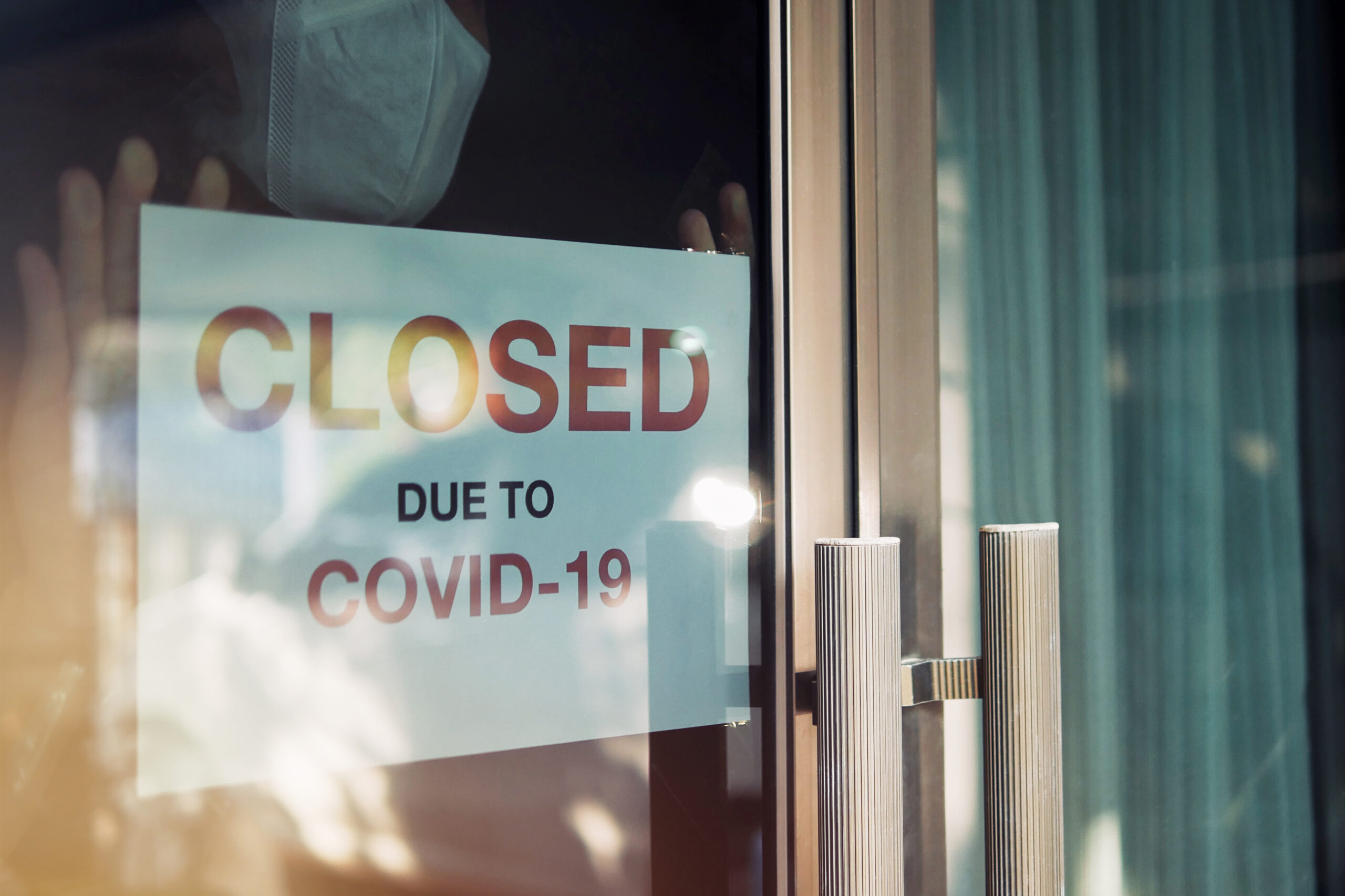Economic, Security, Mobility and Equity
Fast Facts: Pregnancy in the Workplace and the Pregnant Workers Fairness Act (PWFA)
Passing the PWFA would mean a step towards workplace gender equity, healthy pregnancies, reduced health disparities, and the economic security of pregnant and parenting women and their families.











